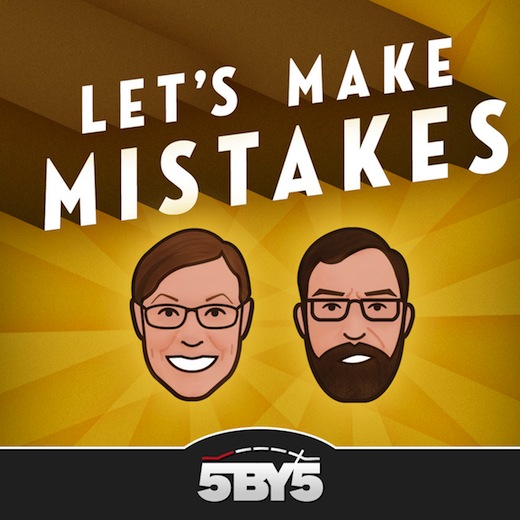Hi – hope you’re taking some time off during this weekend.
in regards to the interim critique scheduled for Monday, 31 October in John Chandler’s sessions, there’s little to worry about – this critique is entirely for your benefit. Without this, you wouldn’t have an opportunity to share with others in your class what interests you most about a specific section (or a few sections) of your Workbook’s development.
Please have as much ready to review with John and the rest of your class as you can. And, please be prepared to present a brief selection to the entire class which you feel best represents an interesting principle or theory relevant to the sections of your Workbook. Along with this, please also show your visual application(s) and exploration(s) which directly apply to using this principle or theory.
It’s a good time to do this – and it’s for the best.
A few links as reminders of how directly useful some theories and principles of design we’ve discussed can be – such as Juxtaposition, Symmetry, Asymmetry, Diffusion, Exaggeration, Imbalance, Repetition, Uniformity, Complexity, Simplicity, Subtlety, etc. These are visual elements which help convey widely understood meanings about ‘Contrasts’ and ‘Harmony’ which can also be applied to using type and planning typography as well:
Dondis A Dondis’s A Primer of Visual Literacy – link 1
Dondis A Dondis’s A Primer of Visual Literacy – link 2
Also, Jock Kinnear’s Words and Buildings should have sparked some ideas. If nothing else, his visual example of what illustrates to him the distinctions between ‘legibility’ and ‘readability’ have been discussed in class and are worth questioning terms of how this applies to your graphic design practice and your Workbook’s responses.
Additionally, please do not overlook the application of theories and principles of design discussed in this book: Armin Hofmann’s Graphic Design Manual or this book, Malcolm Grear’s Inside/Outside.
I understand that some of you might feel these links are a bit basic and perhaps you’ve already spent significant time reading and considering these sources. If this is the case, here are other links to consider (in no particular order of importance):
http://typophile.com/node/37424
http://www.eyemagazine.com/review.php?id=159&rid=788
http://www.eyemagazine.com/feature.php?id=19&fid=87
http://www.pietschreuders.com/
http://eyemagazine.com/feature.php?id=32&fid=33
http://www.achillecastiglioni.it/
Piet Schreuders and Jan van Toorn are two Dutch designers who’ve famously rejected certain forms of grids and other classically recognised principles of design – to the extent of questioning if there is any ‘canon of knowledge’. To a greater or lesser extent, both are also in opposition to learning from the working processes of well known graphic designers like Wim Crouwel and Josef Müller-Brockmann. This is not a clear cut ‘for or against’ debate – but it is something for all of you to possibly consider in your common goal to become well informed (and highly employable) graphic designers.
There are films and other insights posted on Schreuders’s site that indicate there may be more to his way of thinking than can be ‘summed up’ as an outright rejection of an established ‘canon’ and a love of ephemeral (temporary or naive) type and lettering.
Achille Castiglioni (referenced in the link above) is someone Bruno Monguzzi references in a brief bit of inspirational text I’ll copy and distribute for your consideration (if you tell me you want this) during class sessions next week.
And, partly for Nicki Treffers (congrats to Nicki and others if you’ve read this far – just kidding; no offence or slam intended) here’s an excerpt of the text which can be found in the introductory pages of Bruno Monguzzi: A Designer’s Perspective by Franc Nunoo-Quarcoo (1998, Distributed Arts Publishers, NY):
‘If you keep shouting, you are not making communication any better. You are only removing talking and whispering from the system. I find society to be a bit noisy. I just want to contribute a little silence.’
Bruno Monguzzi, quoted from Ken Caris’s book, ‘Contemporary Designers’ (London, Macmillan Publishers, 1984, pp 426-28)
All’s good if you’re working hard to respond to what these and other thoughts mean to your graphic design practice. If you haven’t been doing this – please get on with it. You’ll never fully appreciate the positive use of any of these principles or theories if you don’t try them out for yourself. This is learning by doing – and it must be self directed, self informed and self initiated to be effective.
These are thoughts and concepts which can be widely shared – but there is no ‘learning for’ or ‘applying for’ someone else. Thanks for all your hard work and I’m encouraged by what’s been evidenced to be significant breakthroughs. Please continue with these kinds of efforts to realise achievable goals and practical results.
All the best to all of you, Jim




